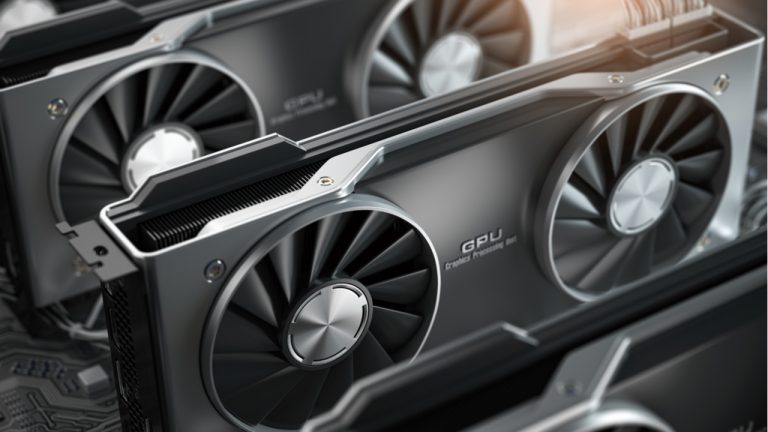
The global head of GeForce marketing at Nvidia said that the reduced hash rate "only applies to newly manufactured cards," not to GPUs already purchased.
Graphics card giant Nvidia said that the hash rate limiter on its RTX 3060 graphics cards would also be introduced in other RTX 30 series GPUs in an attempt to disincentivize crypto miners.
In an announcement from Nvidia today, the company said it would be applying a reduced Ether (ETH) hash rate to its newly manufactured GeForce RTX 3080, RTX 3070 and RTX 3060 Ti graphics cards. The models will be identified by a “Lite Hash Rate,” or LHR, label, aimed at getting its graphics processing units, or GPUs, to its target customers rather than cryptocurrency miners.
“This reduced hash rate only applies to newly manufactured cards with the LHR identifier and not to cards already purchased,” said Nvidia’s global head of GeForce marketing Matt Wuebbling. “We believe this additional step will get more GeForce cards at better prices into the hands of gamers everywhere.”
Nvidia limited the hash rate on some of its earlier GPU models, announcing in February that the changes reduced mining performance by 50%. However, in March a driver update from the graphics card manufacturer inadvertently removed the limiter, allowing some crypto miners to achieve a hash rate of 118.9 megahashes per second for mining tokens using Nvidia’s RTX 3060 series.
Many users responding to the news on computer news site VideoCardz seemed to believe that the expanded hash rate limits would reduce the incentive for Nvidia buyers to immediately resell their GPUs to crypto miners for a profit.
"The price a miner would pay for these cards should now also drop slightly more in half too," said VideoCardz user manicdan. "If the typical eBay price was $2000 [for example], the new one should be closer to $1000. This might be way over the original price of a $500-$600, but hopefully also reduces the desire for scalpers to try so hard and maybe more get into gamers hands at the store rather than on eBay since scalpers need to sell a card for a sizable profit to cover the eBay fee, their time, and taxes."
User Prince FA added:
"Miners won't be enticed to pay the insane current prices for half the profitability."
The company will start shipping the new RTX 3080, RTX 3070 and RTX 3060 Ti graphics cards in late May, with the LHR label in retail product listings and on the box.







